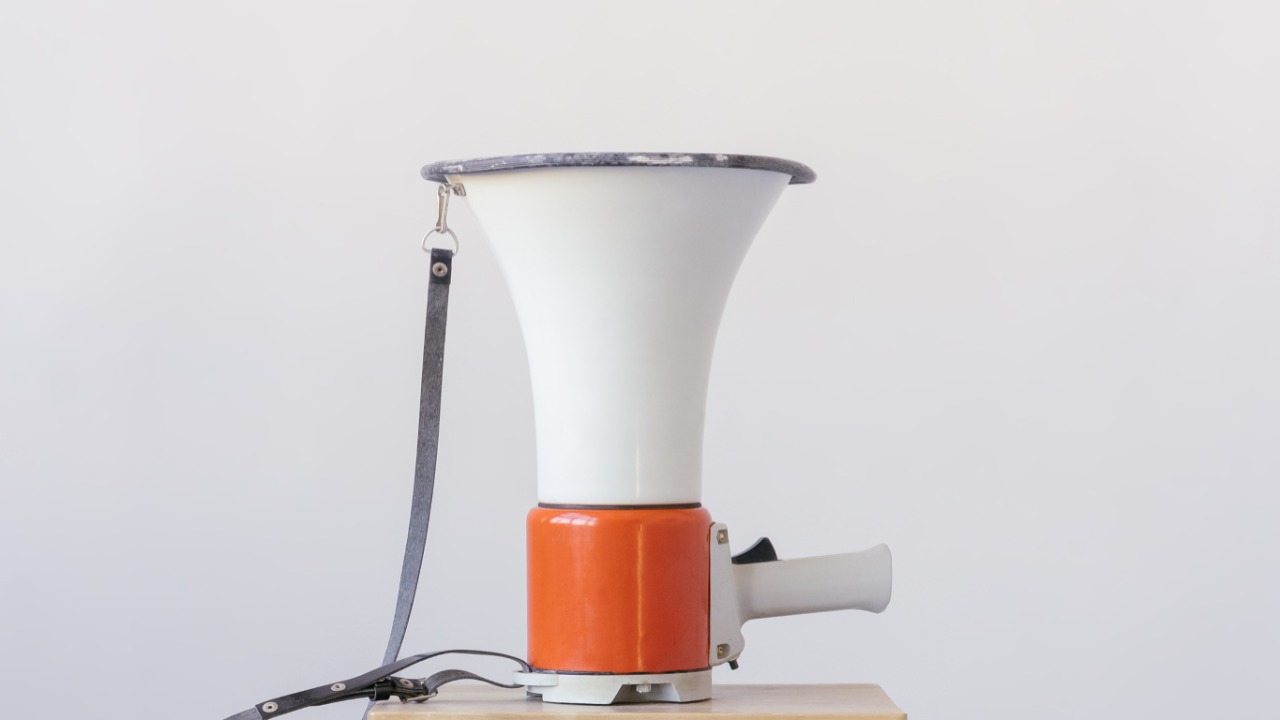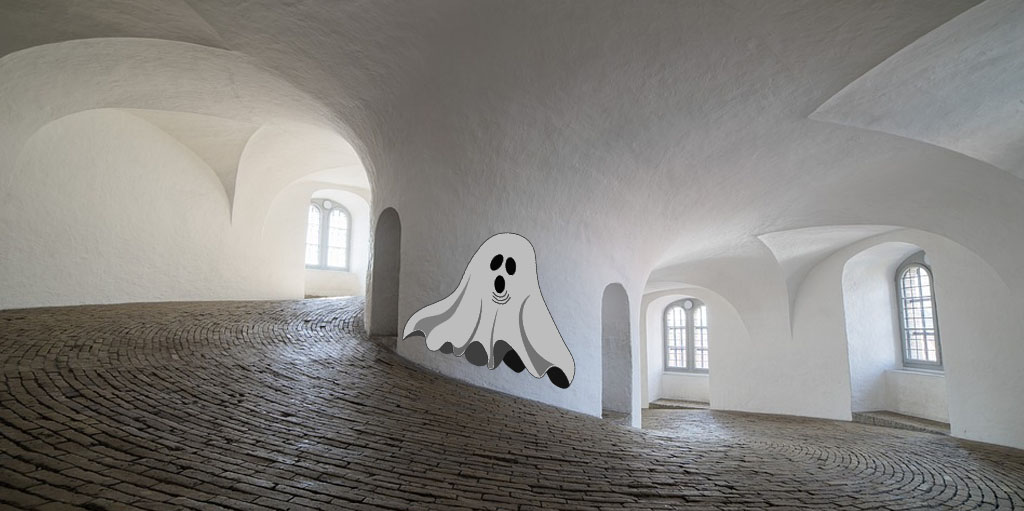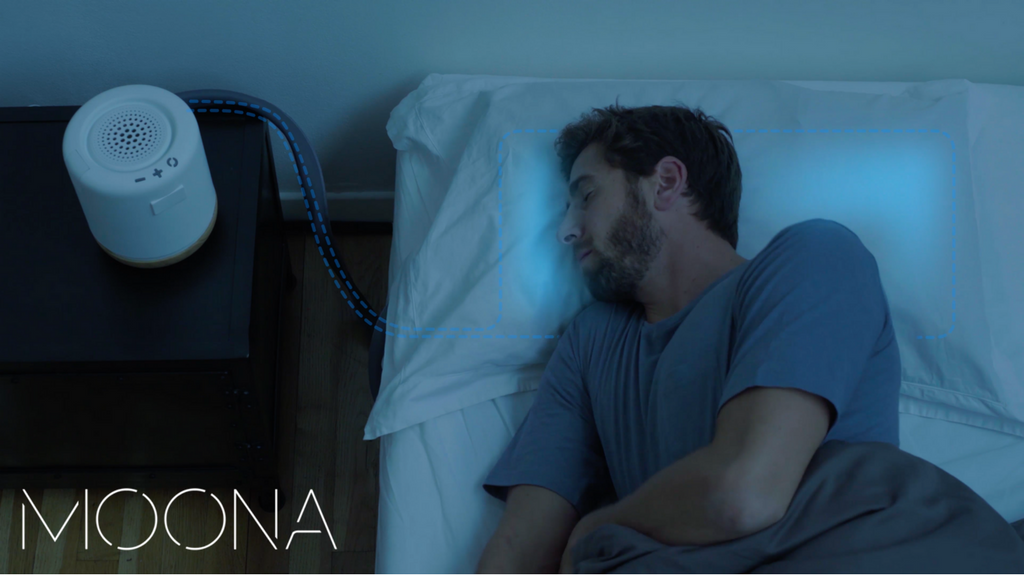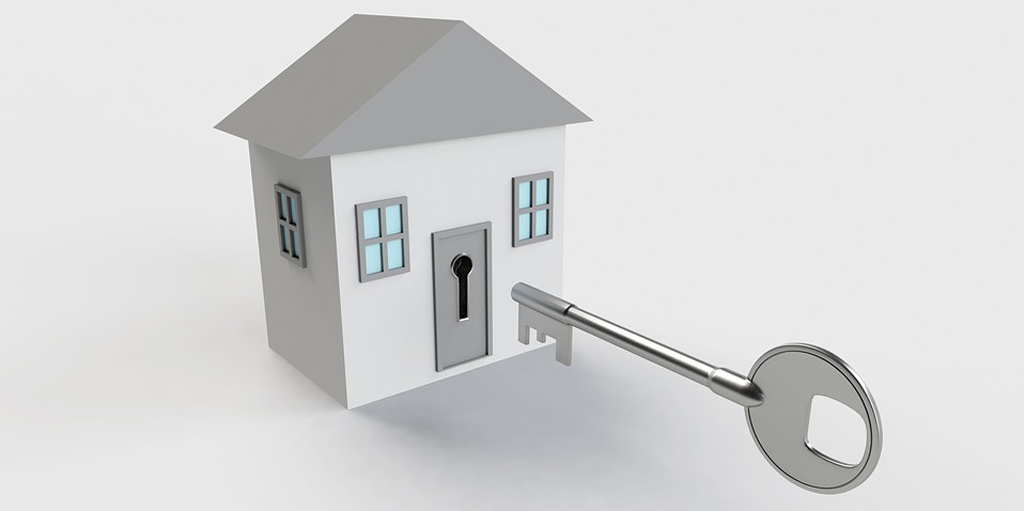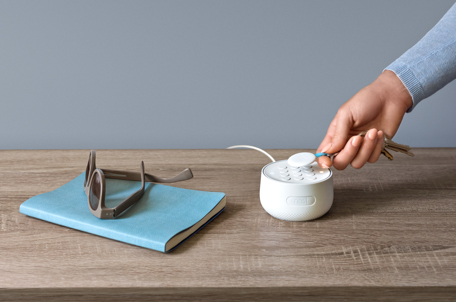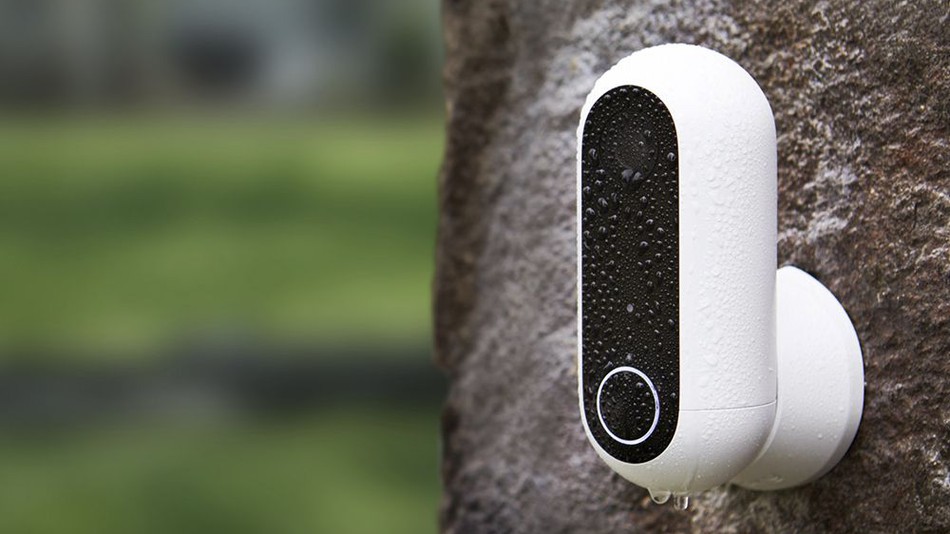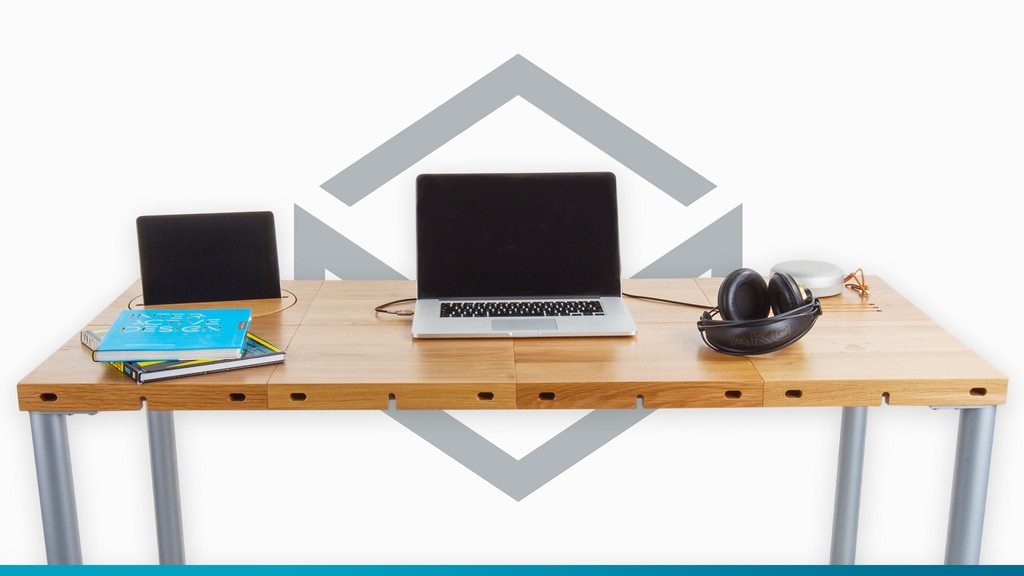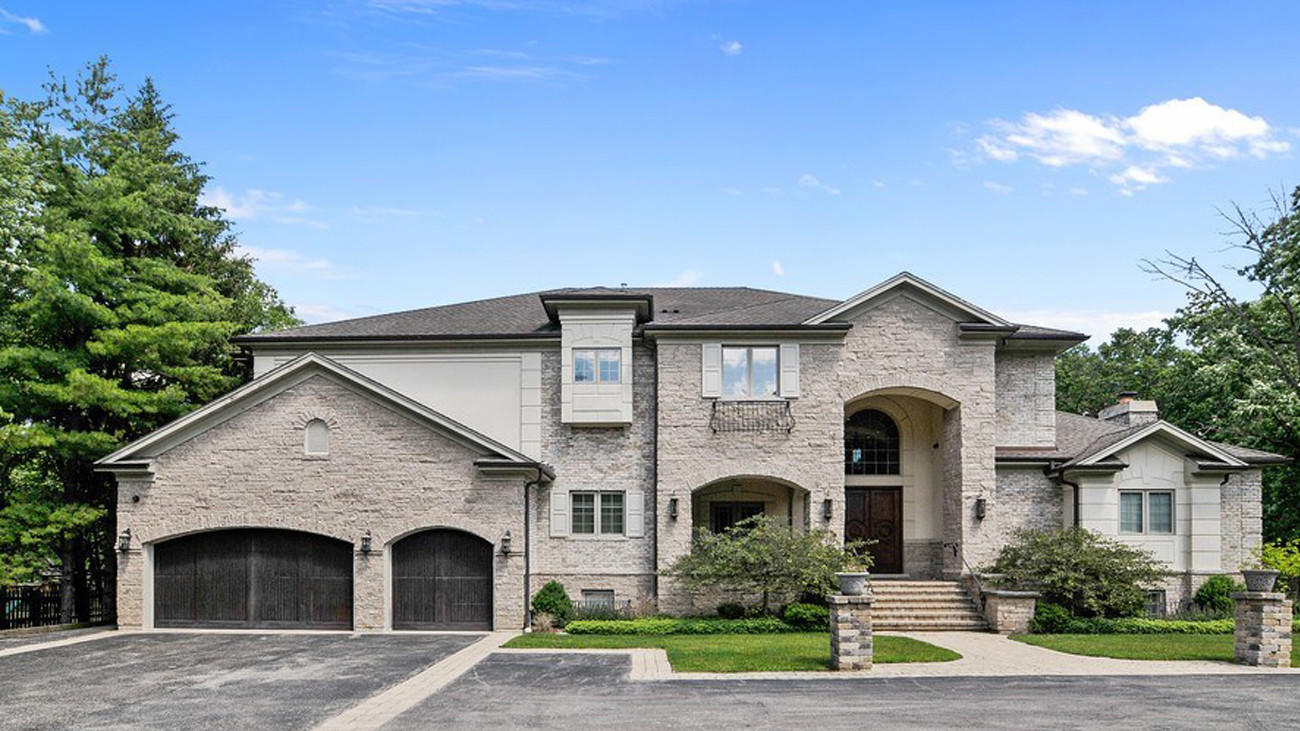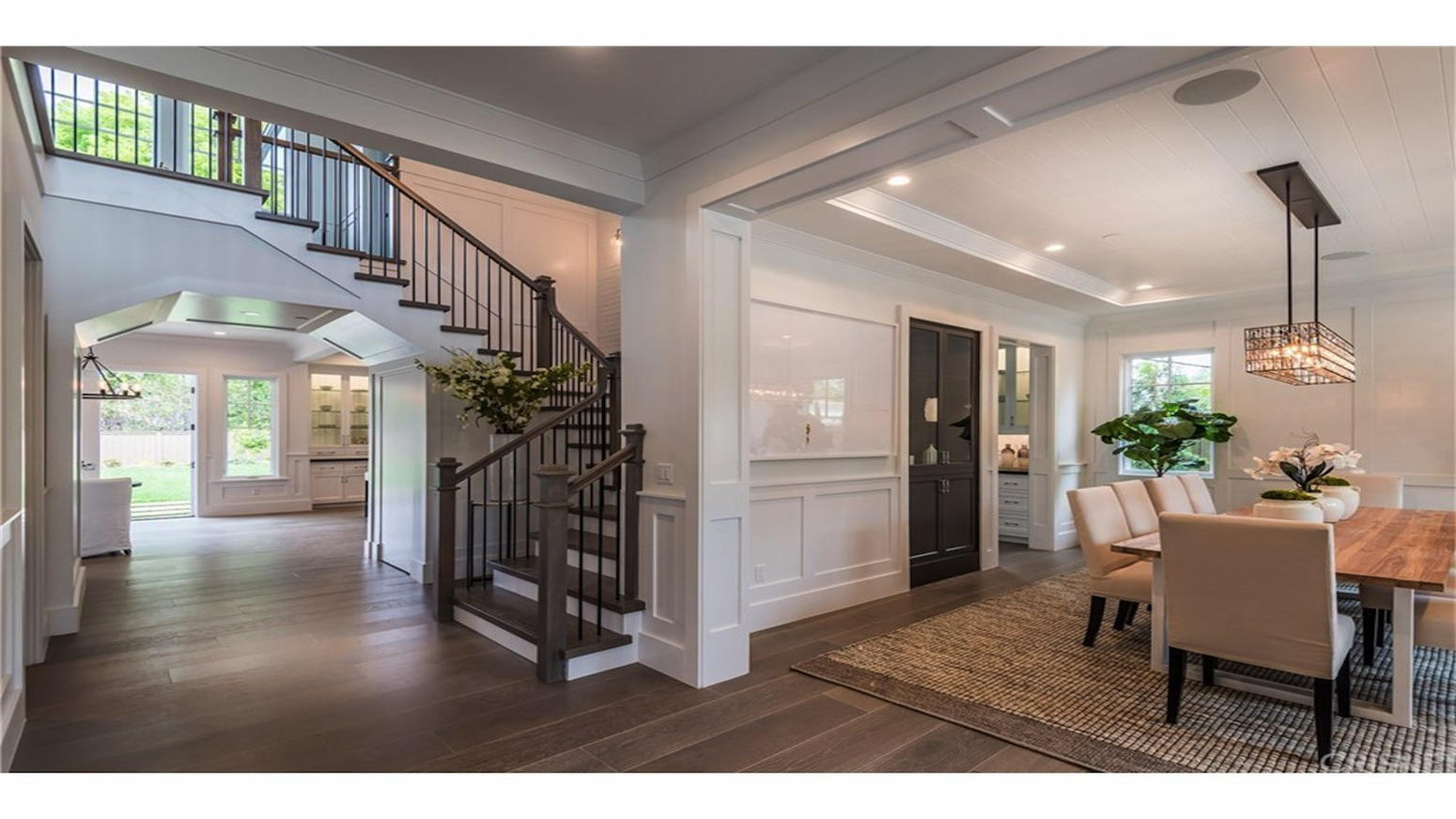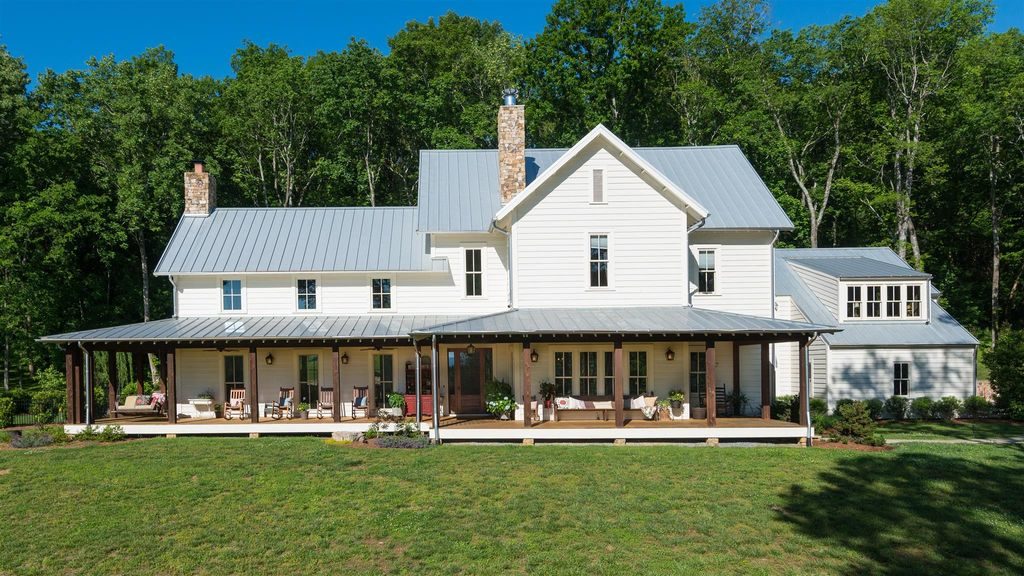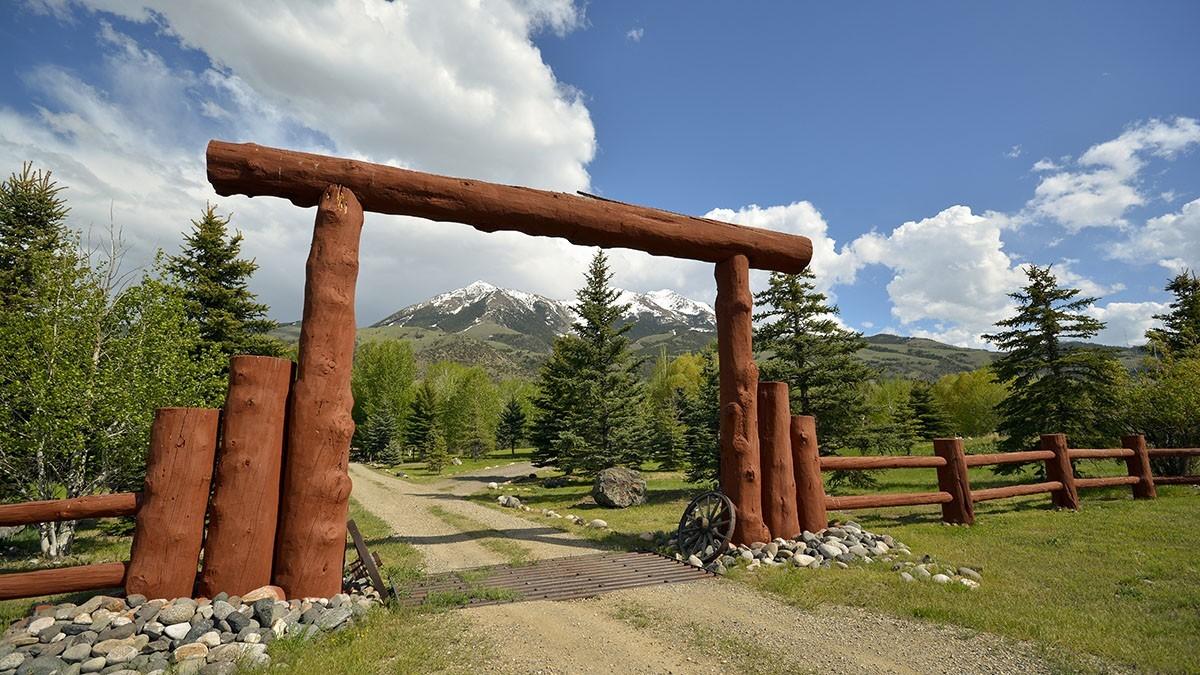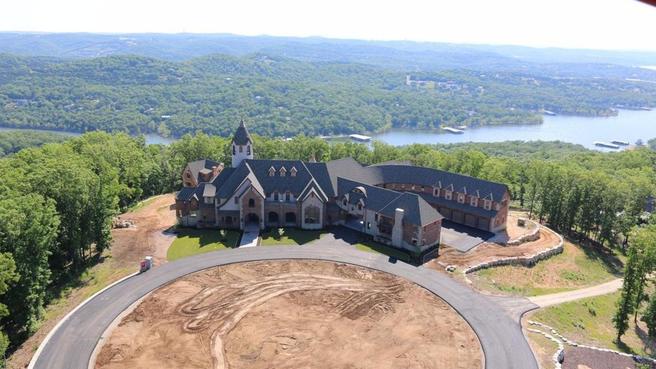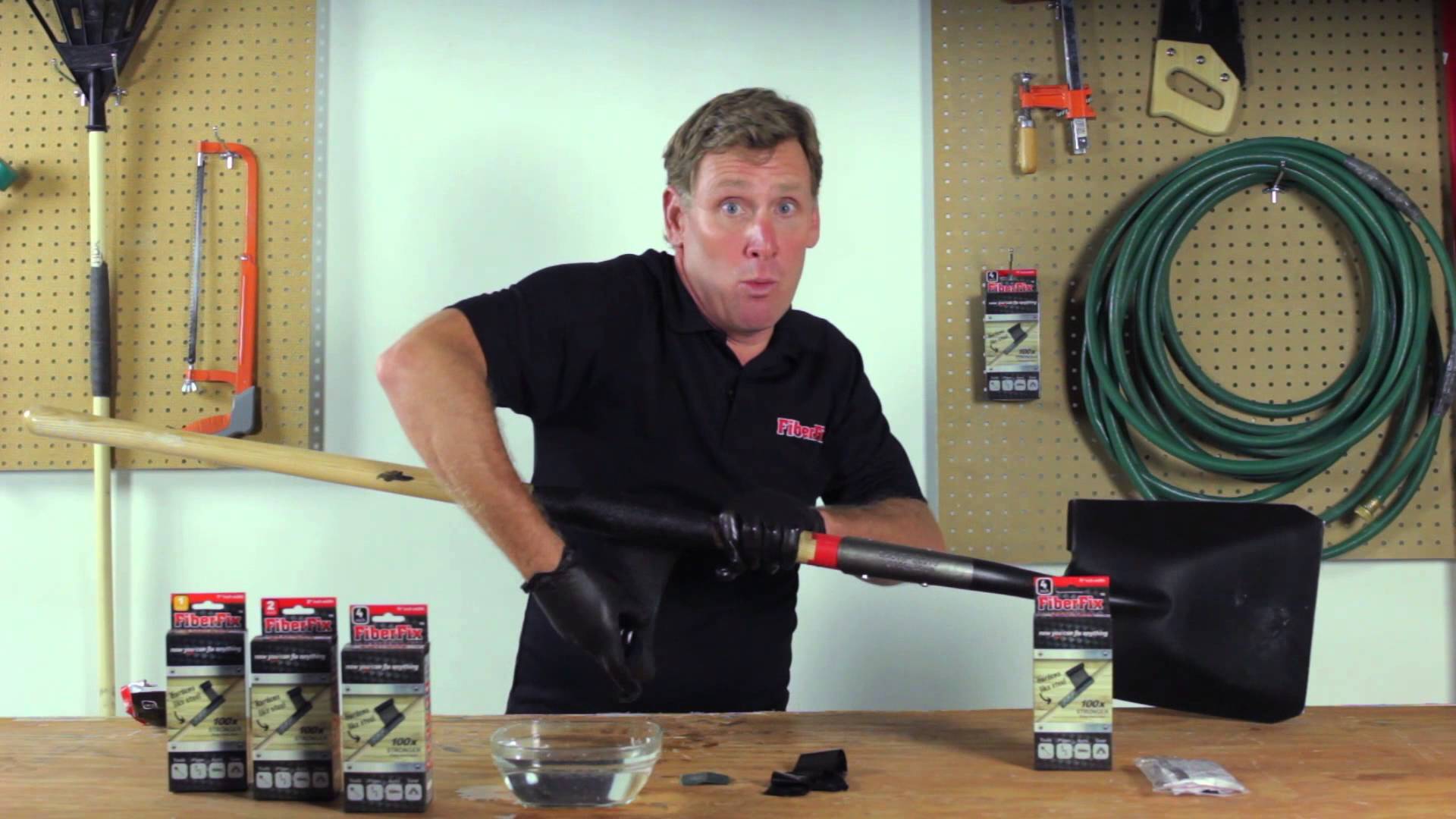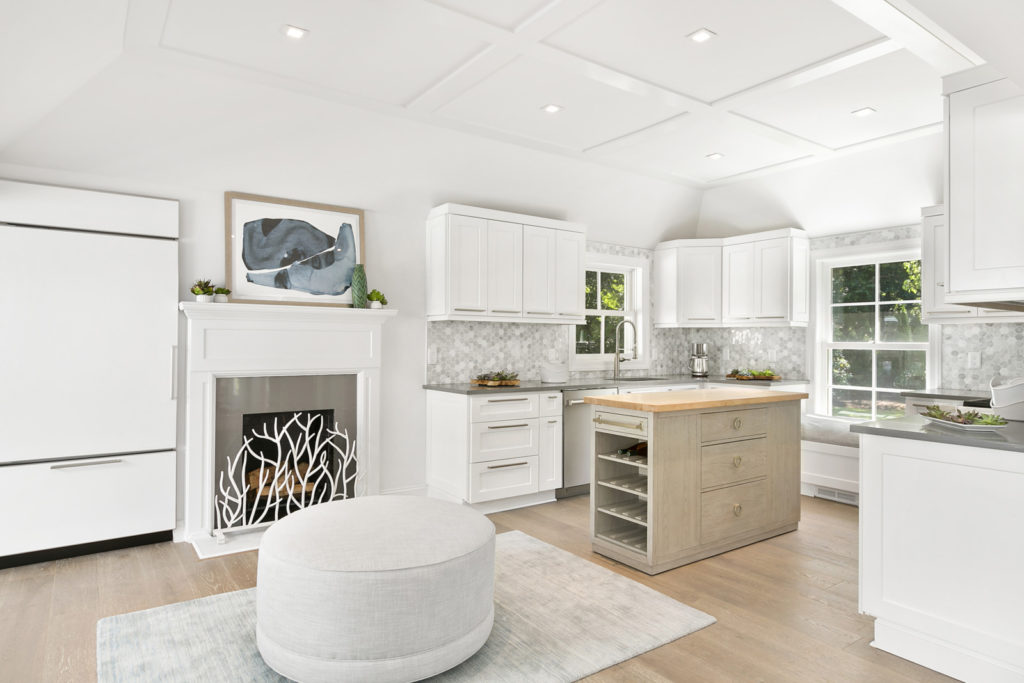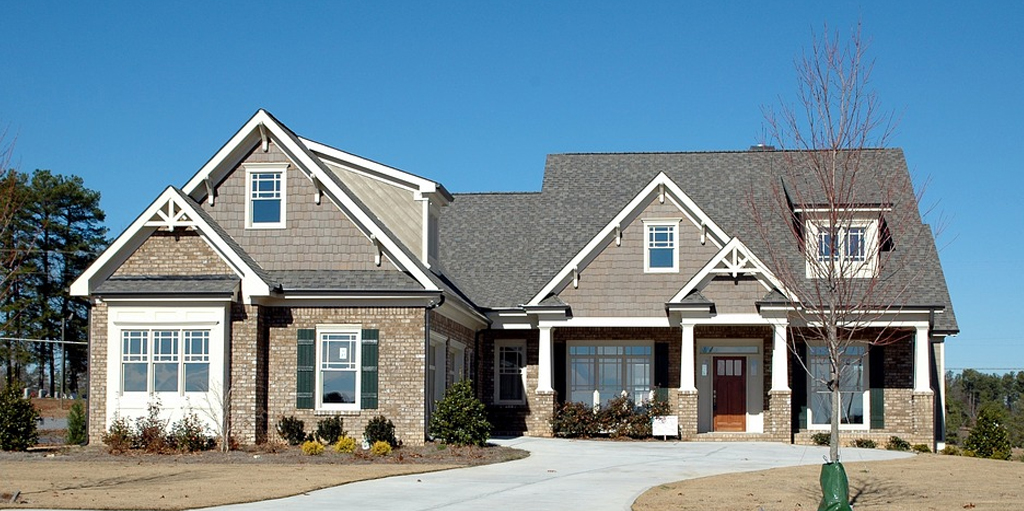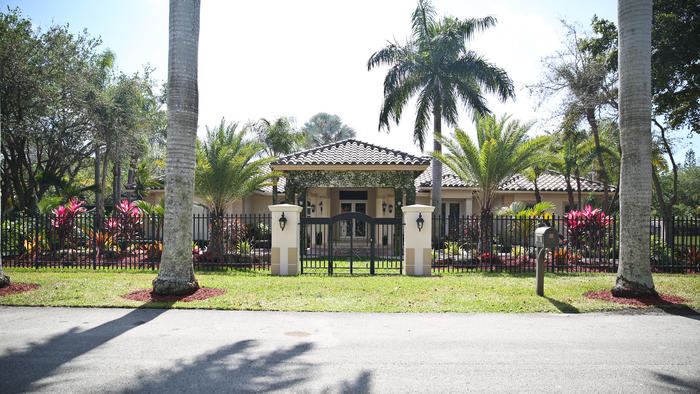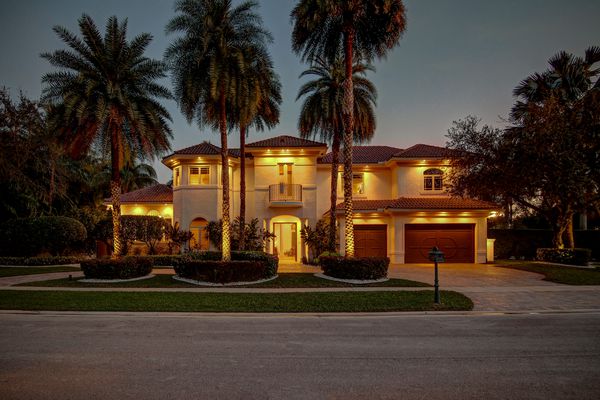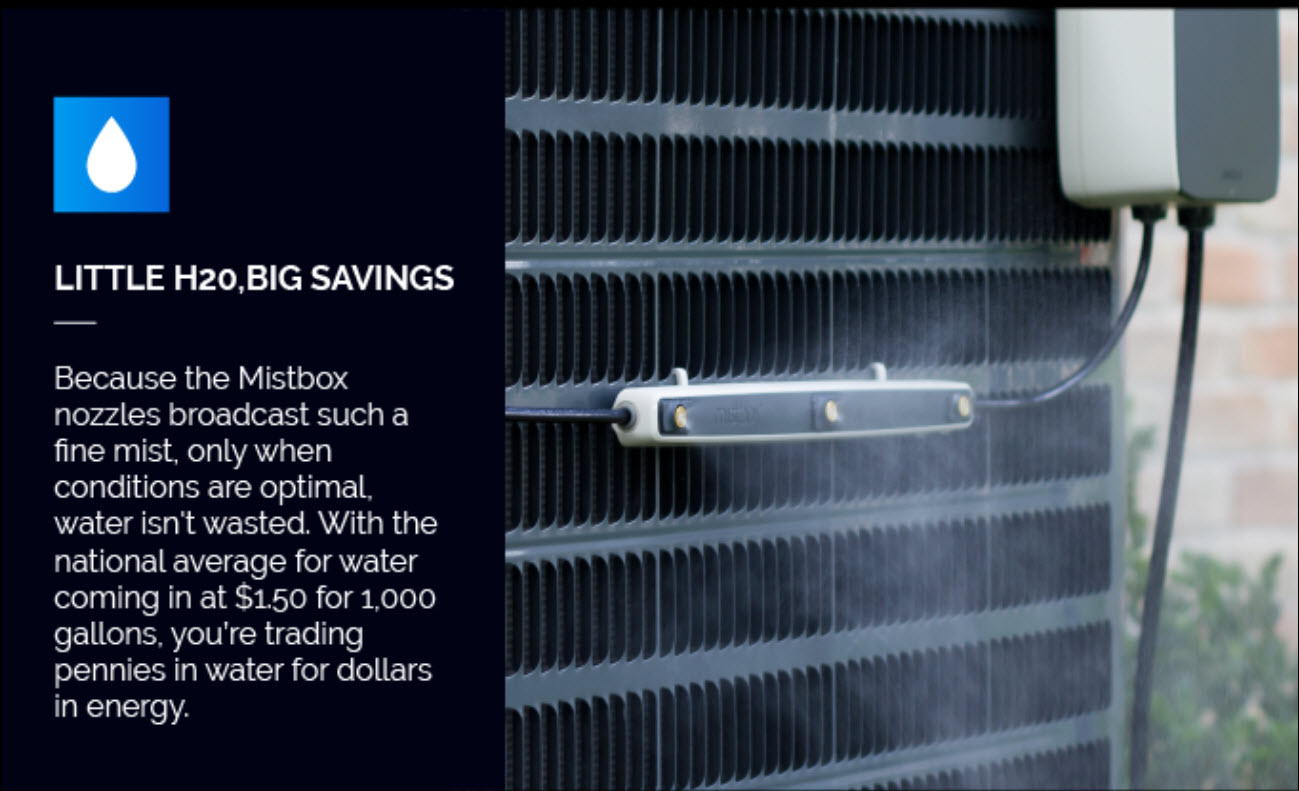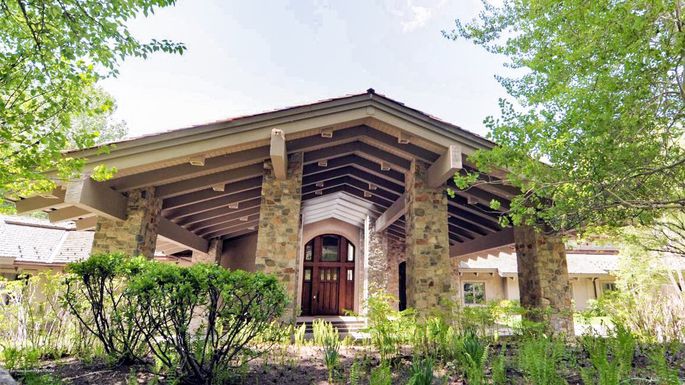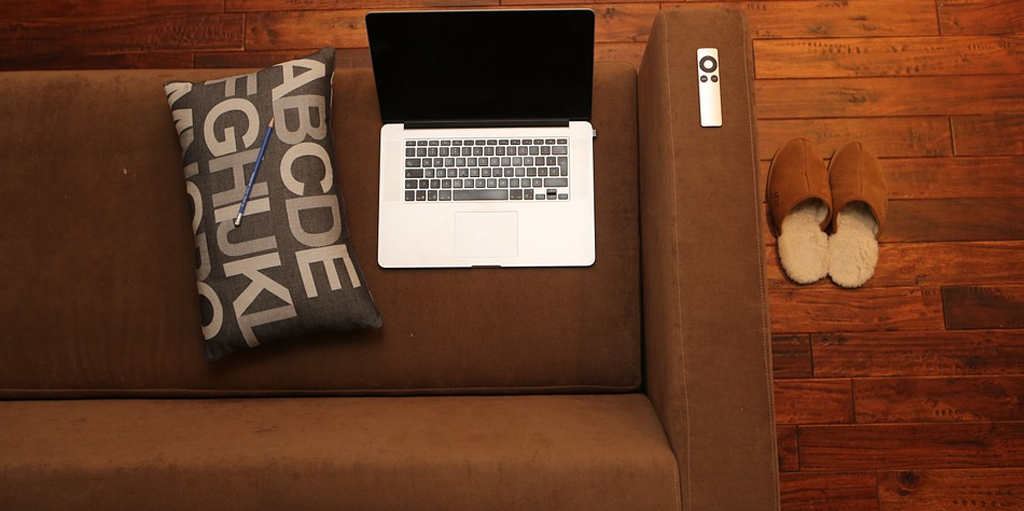
Under-foot warmth may be the nicest feeling of all
___
Published Date 12/11/2018
Most of us would rather think about toasty fires burning in the hearth and holiday lights glimmering at this time of year. What never seems to inspire us, however, is cold feet.
Now that the average American has come to embrace hard-surface floors over their carpeted cousins, unless they have thrown area rugs everywhere, cold feet on winter mornings are difficult to avoid, even with a pair of slippers on.
Enter the world of radiant floor heating. Although nothing new, these systems, once used primarily in bathrooms, are now being installed all over the home. They come in two varieties—electric coil and tubes of heated water — and both options have pluses and minuses to consider. Understanding the benefits and drawbacks of radiant floor heating will help ensure that you’re making the right decision when it comes to this cold-floor solution, according to Realtor.com's Anne Miller.
According to the article, in-floor radiant heat systems are durable and reliable, even capable of outlasting your home’s furnace. With proper care and maintenance, a floor heating system can last up to 35 years.
“It can save money, too,” says Miller. “Radiant floor heating warms a room from the floor up. As a result, most people will feel more comfortable with their thermostat set at a lower temperature.”
The silent warmth in-floor heating systems provide minimizes the use of a central air heating system, which can push dust, dirt, pollen and other allergens through the vents, making it better for allergy sufferers.
“Electric radiant floor systems come as mats that can be easily installed underneath the flooring from below,” says Miller. “They are a good solution if you only want heated floors in certain rooms.”
Drawbacks are generally related to cost since you'll pay a lot to install the system—more than the cost of replacing a furnace. Hydroponic systems? They’re more expensive than electric.
Adding heated floors to new construction is a piece of cake, but retrofitting them is not. Because the coils or pipes go underneath the floor, you'll likely have to rip up existing flooring to install them.
Repairs to heated floors are also no walk in the park. Because the heating elements are out of sight, it can be hard to find trouble spots if problems arise. These floors can also be slow to warm up the house. This is especially true with water systems, which sometimes need a few hours to circulate enough hot water to warm a room's flooring. Once they’re heated, however, they tend to retain heat well.
Source: Realtor, TBWS
All information furnished has been forwarded to you and is provided by thetbwsgroup only for informational purposes. Forecasting shall be considered as events which may be expected but not guaranteed. Neither the forwarding party and/or company nor thetbwsgroup assume any responsibility to any person who relies on information or forecasting contained in this report and disclaims all liability in respect to decisions or actions, or lack thereof based on any or all of the contents of this report.


Austin Hurt
Associate Broker
License: FA100093035
Gold Compass Real Estate, Inc.
4 West Dry Creek Circle Suite 100, Littleton CO
Office: 303-325-5690
Cell: 720-877-1370
Email: sales@coloradohomeblog.com

Austin Hurt
___
Associate Broker
License: FA100093035
Cell: 720-877-1370
Last articles
___

Three things that could impact rates the week starting 04-22-24
4/23/2024
This week we look to GDP, PCE and the Bank of Japan as the primary market movers... view more

The March Personal Consumption Price Expenditures Price Index
3/29/2024
PCE is the key measure of inflation for the Federal Reserve... view more

Three things that could impact rates the week starting 03-18-24
3/19/2024
This week we look to FOMC, other central banks and Treasury auctions as the prim... view more

Three things that could impact rates the week starting 03-11-24
3/11/2024
This week we look to Inflation, Retail Sales and Treasury Auctions to be the pri... view more

Three things that could impact rates the week starting 03-11-24
3/11/2024
This week we look to Inflation, Retail Sales and Treasury Auctions to be the pri... view more

Three things that could impact rates the week starting 02-26-24
2/26/2024
This week we look to US treasury Auctions, PCE and Federal Reserve speakers to b... view more

Three things that could impact rates the week starting 02-20-24
2/20/2024
This week we look to the FOMC minutes, Treasury Auction and geopolitics are the ... view more

The February Consumer and Producer Price Indexes
2/16/2024
The inflation data for January was much higher than expected... view more

Three things that could impact rates the week starting 02-12-24
2/12/2024
This week we look to Inflation, Fed comments and Retail Sales data as primary mo... view more

Three things that could impact rates the week starting 02-05-24
2/5/2024
This week we look to Fed comments, Treasury Auctions and Domestic News as the pr... view more
Load more
 Gold Compass Real Estate, Inc.
Gold Compass Real Estate, Inc.







